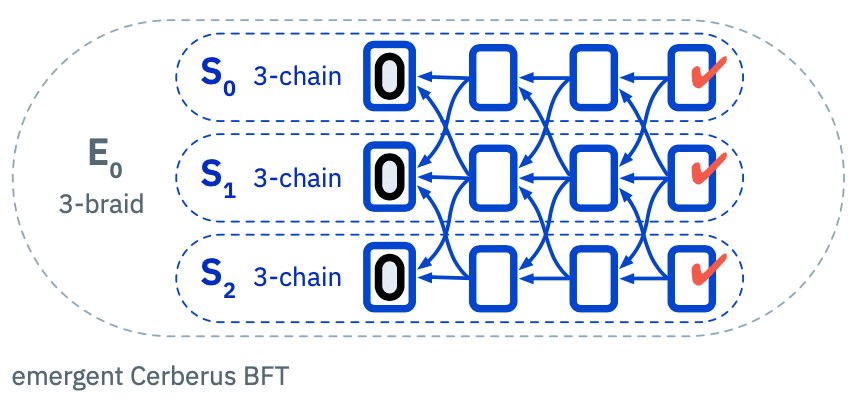From my understanding, the real problem is:
if DeFi continues to grow, it will surely require millions of smart contract transactions per second globally, and at the same time it also requires atomic composability.
Now that system traffic is experiencing congestion, eth is contemplating breaking up the Ethereum blockchain so as to spread traffic, but doing this you would likely break atomic composability.
What do you obtain from breaking AC? Breaking AC  no atomicity
no atomicity  lack of flexibility inside the network .
lack of flexibility inside the network .
So, replying to your main question: YES, YOU ARE RIGHT. AC is already something which is possible in ETH. Not surprisingly, there has been concern recently about whether or not the “composability” property of Ethereum will be preserved in an eth2 cross shard context.
However, as you can see in this article
Cerberus: Sharding with Unlimited Scale and Composability
Radix has attacked this problem head-on with a new consensus design called Cerberus that is the end result of seven years of R&D. Cerberus introduces two significant changes from other scalable consensus protocols that give it practically unlimited scalability without compromising free atomic composability.
First, Cerberus uses a different kind of sharding. Rather than split dApps or assets between a static set of shards, Cerberus uses a practically infinite set of shards. Assets and dApps are represented dynamically across these shards. The result is limitless parallelism, meaning that no matter how much demand there is on the Radix network, natural financial incentives can just add more nodes to split up the load and increase throughput to keep up. This doesn’t just raise the ceiling on scalability; it means there is no ceiling .
Second, Cerberus removes the barriers between its shards with a completely new consensus design. While each shard is able to conduct fast, secure consensus independently, Cerberus can directly “braid” these consensus processes together into one – atomically, and on-the-fly for each individual transaction. Braided cross-shard consensus is just as atomic and secure as simple single-shard consensus, meaning that composability is just as free and frictionless as on a single blockchain, but without the scalability limits. Cerberus gives Radix shards SpaceX satellite internet, rather than messages in bottles.
Text

My consulted material:
